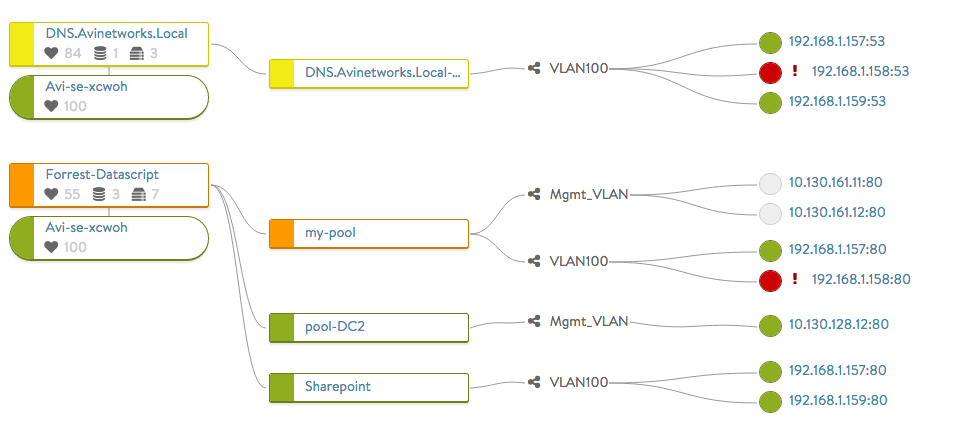If you take a look at the load balancer discussions on various online forums, you will notice that load balancers often result in outages. Ironic, isn’t it?
Load balancers and application delivery controllers (ADCs) have one critical job - to reduce risk. Distributing clients across servers is an important aspect of a load balancer, but the primary responsibility is to reduce risk. One of the most common vectors for the introduction of risk is the complexity of a system, such as a legacy, appliance-based load balancer.
Networks administrators that manage load balancers also manage dozens of other products, spanning L2 networking up to L7 application delivery. Many load balancers have thousands of knobs. That's a lot of parts. At some point, the breadth of knowledge required is just unrealistic. The natural result is an aversion to leveraging the power of the load balancer. Enabling advanced features requires intimate knowledge of an incredibly complex device, with a high probability of failure.
My colleague, Nathan McMahon, wrote a thought-provoking post that raised these questions: “What if the load balancer wasn’t just a wall of knobs? What if it was simple to operate, managed by an intuitive interface, and provided proactive alerts on suboptimal configurations? What if there was no risk of configuration mistakes, upgrade failures or saturation of system capacity? What if you trusted your load balancer? What acceleration, security, and high availability features could you enable? Shouldn’t your network administrators be able to harness next generation network infrastructure technology to reduce cost, complexity, and risk?” With the legacy load balancing and ADC vendors still struggling to address these pain points, this post seems as valid today as it was 18 months ago!
Avi Networks has built a solution that precisely addresses these pain points. The Avi Vantage Platform is a full-featured software load balancer that runs on standard x86 bare metal servers, VMs, or containers. The Avi Vantage Platform architecture allows it to leverage its position in the traffic flow to deliver highly efficient traffic management together with unprecedented application analytics.
Here’s how.
Multicloud Deployment:
Administrators can now centrally manage network traffic across multicloud environments (bare metal, private cloud, public cloud, or a container environment). Built on software-defined principles, Avi Vantage separates data plane from the control plane. The Avi Admin Console enables central policy and management that enforces policies for the distributed load balancers in a multicloud environment. ![]()
Security through Visibility and Policy:
The distributed load balancers, aka Avi Service Engines, collect real-time traffic metrics, process the terabytes of data, and communicate traffic intelligence to the central Avi Controller that in turn, enforces traffic policies.
Administrators have a visual and actionable dashboard that gives them:
(a) An app-centric view into their infrastructure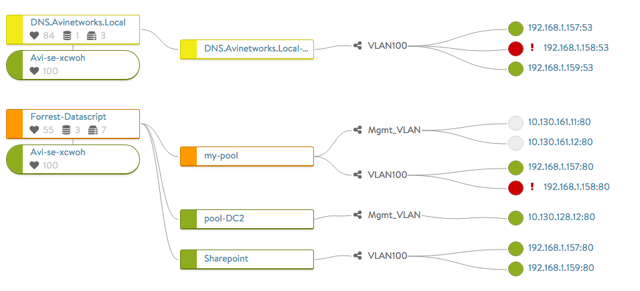
(b) Round-trip time for each transaction with a “Network DVR”-like ability to record-and-replay the transactions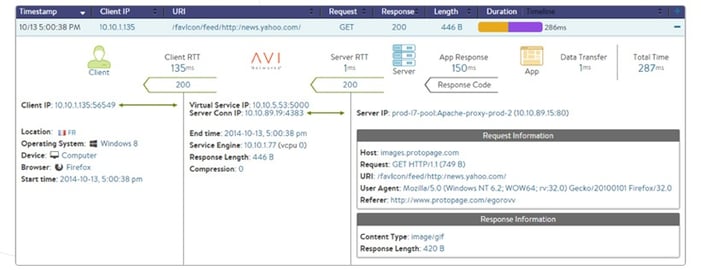
(c) Comprehensive security posture with a view of SSL score, DDoS attacks, etc.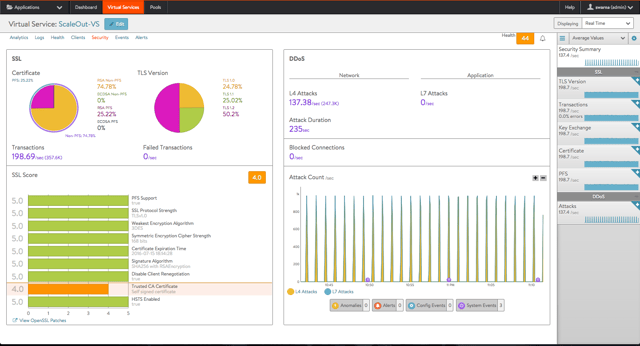
Predictive Autoscaling:
Unlike legacy, appliance-based ADCs that may become the bottlenecks in application delivery path, Avi Vantage enables dynamic scaling of resources to match traffic patterns. Administrators can enforce autoscale thresholds for horizontal or vertical scaling of resources (load balancing and application resources) in real time.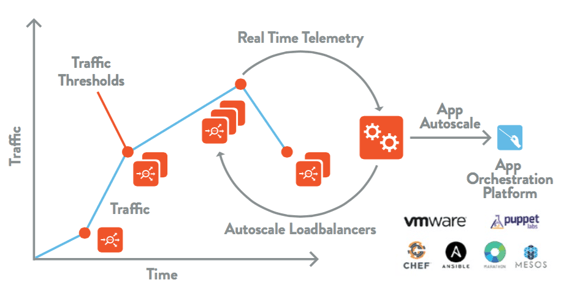
Avi Vantage is a software load balancer and an ADC that addresses the primary pain point of reducing risk.

